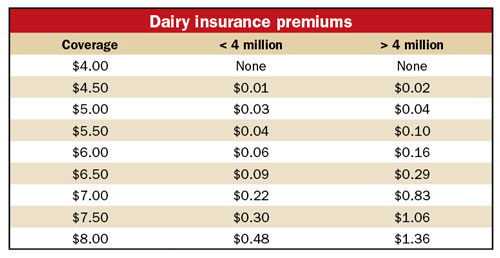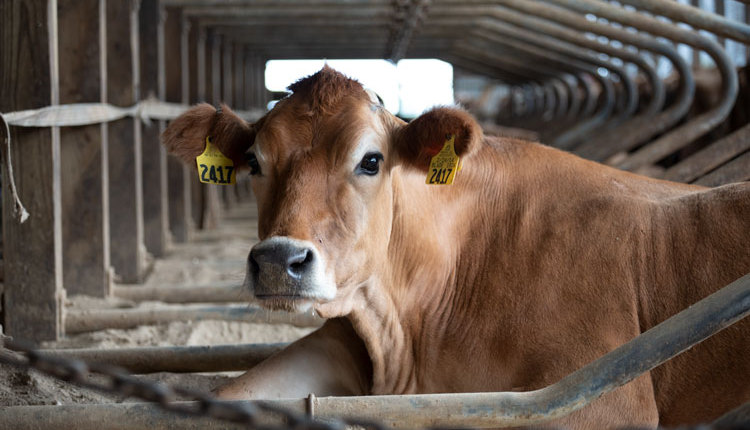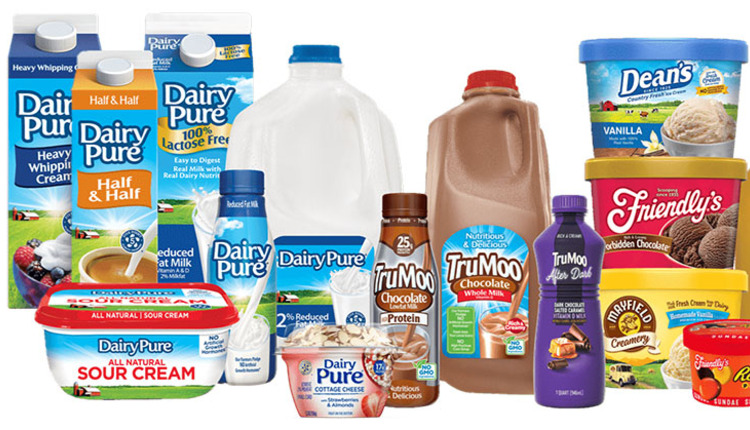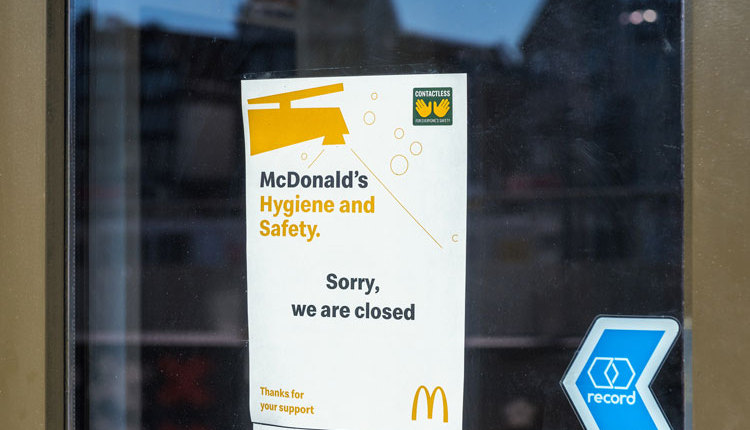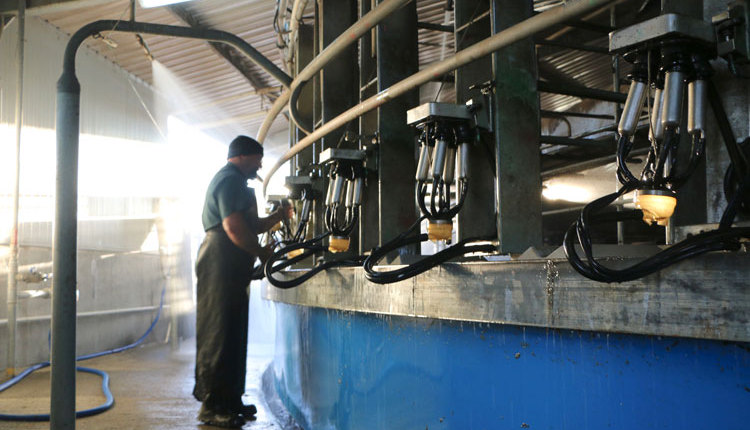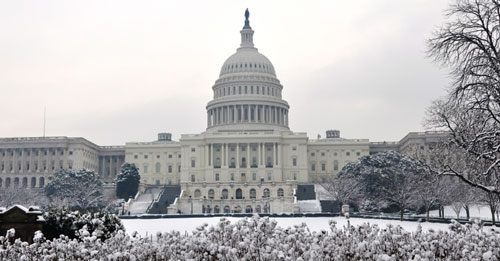
We bring you this special edition of Hoard's Dairyman Intel on the farm bill that is slated for a vote this week.
After nearly three years of work, it appears a new farm bill is destined for passage in the halls of Congress this week in the House. That vote could take place by this Wednesday.
What would the package look like for dairy?
Insurance Coverage. Gone is the much-debated Market Stabilization Program often referred to as supply management by its opponents. However, the insurance component remains as a centerpiece of the farm bill. Coverage ranges from $4 to $8 per cwt. (hundredweight).
In another last minute twist, there are lower premiums on the first 4 million pounds of milk produced by a farm each year. At that level, the production amounts to a herd size of roughly 185 cows based on the national production average of 21,697 pounds of milk per cow. Likely not a coincidence, the average herd size last year was 187 cows for those U.S. farms holding commercial permits.
Looking at the table at the bottom of this report, insurance premiums for a $6.50 coverage level on the first 4 million pounds of milk is 9 cents per hundredweight. After that, coverage moves to 22 cents for a $7 coverage level. Given the farm bill's incentive up to $6.50, that would definitely be the spot where most dairy farmers would want to insure production. The premiums at all coverage levels except $8 will be cut by 25 percent in 2014 and 2015 on the first 4 million pounds making the insurance even more affordable.
As for the insurance levels on milk over 4 million pounds . . . $6.50 coverage will cost 29 cents per cwt. and the $7 level would leap to 83 cents. In order to enroll in the insurance program, all dairy farms would have to pay a $100 signup fee.
What about production bases for coverage? Producers will have a "production history" which is their highest annual milk production in the 2011, 2012 or 2013 calendar years.
Essentially, producers cannot insure milk production above that level except for growth in national production. That growth is directly tied to the gains in national productivity.
For example, in 2012, milk production grew by 2.1 percent. Using that growth rate, the 4-million-pound base would expand to 4.084 million pounds in year two of the farm bill. There are provisions for new dairy farm entrants as well.
As far as payouts go, insurance coverage kicks in when actual margins are below the insured margin for two consecutive months. The margin is the difference between the milk price and the feed cost which is also predetermined by the farm bill. The feed adjuster is based on corn, soybean and alfalfa prices at the time.
Other Dairy Programs. The Milk Income Loss Coverage (MILC) was revived for one last time. It goes into effect until the farm bill's new margin protection plan is established. LGM-Dairy, also known as Livestock Gross Margin-Dairy, is extended through the farm bill. However, dairy farmers have to choose if they want to participate in LGM-Dairy or the Margin Insurance Protection Plan.
Once MILC sunsets, it will join two other programs that are terminated in this farm bill. That includes the Dairy Export Incentive Program and the Dairy Product Price Support Program.
Dairy Product Donation Purchasing Program. The farm bill would also extend the Dairy Product Donation Program (purchasing program) which allows USDA to buy dairy products. The provisions of the bill essentially give the Secretary of Agriculture more flexibility to make dairy product purchases when margins fall below $4 per hundredweight (after milk prices and feed costs are factored into the equation).
Will the farm bill get passed this week? The recent movement on the farm bill could take place by week's end. The last roadblock to passage has been removed as House Speaker John Boehner (R-Ohio) now supports the farm bill and will allow it to come up for a vote in the House.
One of Boehner's principle objections was the Market Stabilization component of the dairy portion of the farm bill. The Market Stabilization plan would have placed a muffler on milk production during low price periods.
So strong was Boehner's objection that he sent a letter out to all House colleagues just prior to the June vote in the House and urged Representatives to reject this provision and support the Goodlatte-Scott Amendment striking Market Stabilization. In later correspondence with The Wall Street Journal editorial board, Boehner referred to the dairy price stabilization as "Soviet-style" price controls.
Since then, the farm bill has been negotiated primarily behind closed doors. On Monday, January 27, the Senate and House Conference committee signed off on final compromises and the bill is scheduled for a vote this week in both the House and the Senate. There is urgency to get this deal inked because further delay will force it to be sent to the Congressional Budget Office (CBO) for a new markup. That would mean less money for the farm bill and force officials to start over in negotiations.
